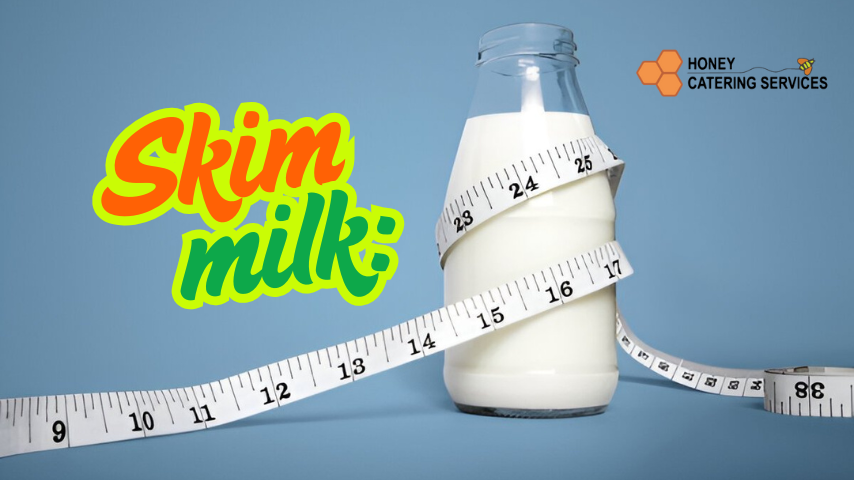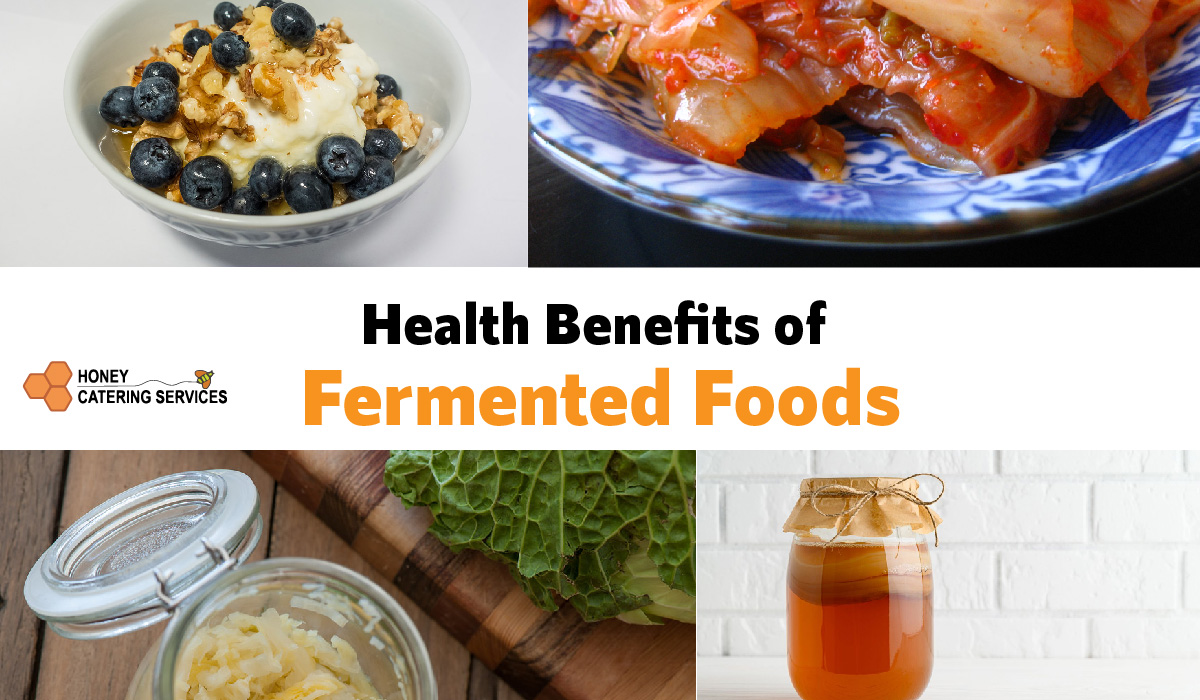Looking for a nutritious yet low-fat milk option?
Skim milk could be the perfect choice!
Many people wonder whether they have alternatives to regular whole milk. The good news is that there are healthier options available. If you are allergic to whole milk or looking for a low-fat alternative, skim milk—also known as skimmed milk—is an excellent choice. It is a popular dairy option for those aiming to maintain a healthy lifestyle due to its low fat content and high nutritional value. Whether you’re looking to reduce fat intake or need a protein-rich beverage, skim milk benefits many and can be a great addition to your diet.
This blog explores its benefits, nutritional facts, and frequently asked questions about skim milk.
Skim Milk Nutrition Facts
Skim milk nutrition is nearly identical to that of whole milk, except for its significantly lower fat content. It is packed with essential nutrients such as calcium, protein, and vitamins like B12 and D, making it a highly nutritious choice.
Below are the basic skim milk benefits & nutrition calories and nutritional information:
- Calories in Skim Milk: Around 80 calories per cup (240 ml)
- Protein: Approximately 8 grams per cup, aiding muscle growth and repair
- Calcium: Provides about 30% of the daily recommended intake, supporting bone health
- Carbohydrates: Around 12 grams per cup, primarily from naturally occurring lactose
- Fat: Less than 0.5 grams per cup, making it an ideal choice for those watching their fat intake
Skim Milk vs Whole Milk: Which is Better?
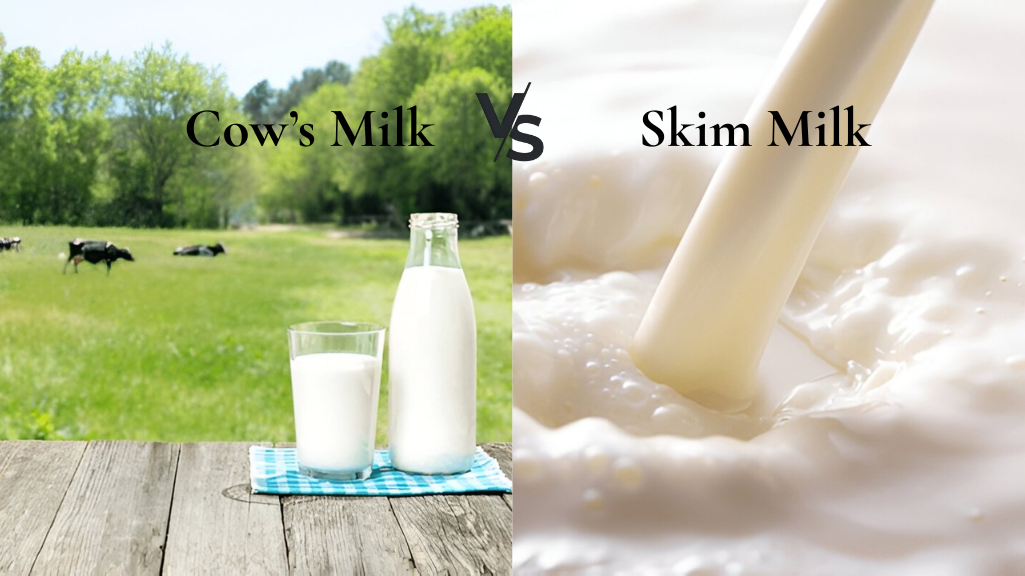
When comparing skim milk vs whole milk, the primary difference is in fat content and caloric value. Whole milk contains about 3.25% fat, providing a richer taste and texture, while skim milk is nearly fat-free. People who prefer lower-calorie options and want to limit fat intake often choose skim milk, whereas those looking for a creamier texture and additional fat-soluble vitamins may opt for whole milk. The decision between the two is based on personal dietary requirements and preferences.
Dishes Based on Skim Milk
Skim milk is a versatile ingredient that can be used in various dishes to create healthy and delicious meals without the added fat. Owing to many skim milk benefits, here are some popular options you can try if you don’t like to take the skim milk directly:

Smoothies: Blend skim milk with bananas, berries, and oats for a nutritious breakfast drink that is rich in vitamins and fibre.
Oatmeal: Cook oats in skim milk instead of water to create a creamier, protein-packed meal to keep you energised throughout the day.
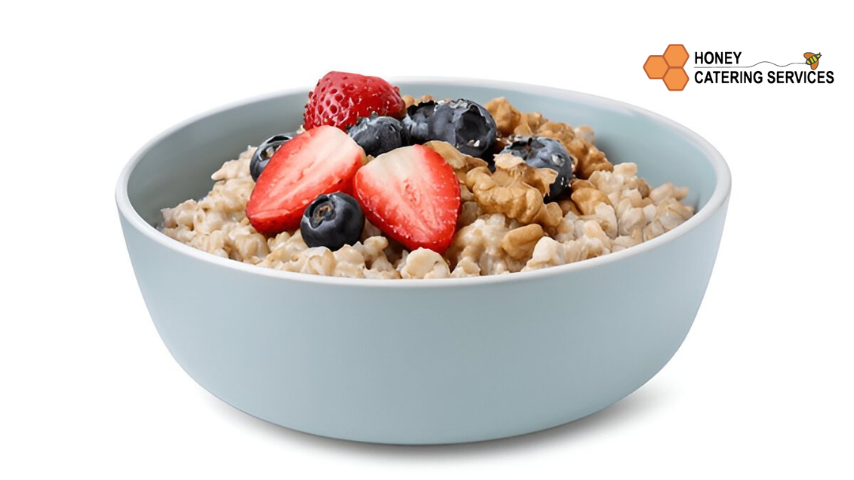

Soups: Use skim milk in creamy soups such as tomato soup or mushroom soup to achieve a smooth texture without the heaviness of full-fat dairy.
Pancakes and Waffles: Replace whole milk with skim milk in your pancake or waffle batter to cut down on fat while keeping the fluffiness intact.
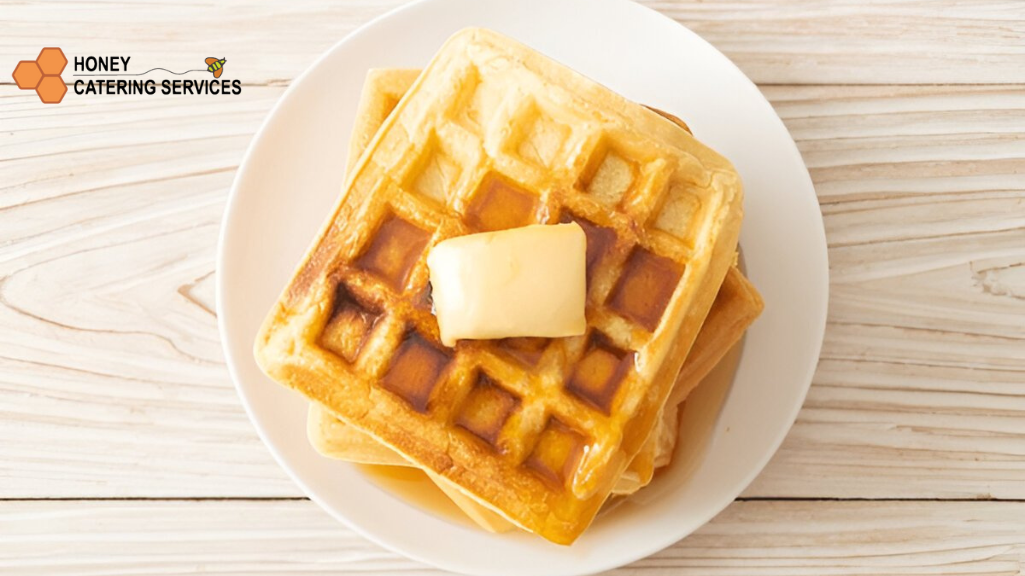

Puddings and Custards: Skim milk works well in desserts like vanilla pudding and rice pudding, delivering a delightful taste without excess calories.
Mashed Potatoes: Use skim milk instead of cream to prepare light and fluffy mashed potatoes that are lower in fat but still delicious.


Coffee and Tea: Add skim milk to your coffee or tea to enjoy a creamy taste without the extra calories of full-fat milk or creamers.
Additional Skim milk Benefits
Skim milk benefits for health goes beyond just its low-fat content It includes,
1. Heart Health
Skim milk is free from saturated fats, which are linked to higher cholesterol levels. Regular consumption may help reduce the risk of heart disease by promoting better cardiovascular health.
2. Weight Management
Since skim milk has fewer calories than whole milk, it can be a great choice for those aiming to lose or maintain weight without sacrificing essential nutrients like protein and calcium.
3. Muscle Growth and Recovery
The high protein content in skim milk supports muscle repair and development, making it an excellent post-workout drink. Athletes and fitness enthusiasts often include skim milk in their diet for this reason.
4. Bone Strength
Skim milk is rich in calcium and vitamin D, essential nutrients that promote strong bones and teeth, reducing the risk of osteoporosis in later years.
5. Diabetes-Friendly Choice
Due to its lower fat content and natural carbohydrates, skim milk can be a better option for diabetics when consumed in moderation, as it provides essential nutrients without unnecessary saturated fats.
FAQs about Skim Milk Benefits
Honey Catering Services: The Best Catering Experience in Chennai

Honey Catering Services, the chennai’s best caterers. We are known for delivering the high quality food catering in Chennai, offering a perfect blend of authentic flavors, impeccable service, and culinary excellence. With a rich legacy of serving traditional South Indian cuisine, we specialize in crafting customized menus for engagement catering, wedding catering, corporate event catering, and festive celebrations. Our catering team of expert chefs ensures that every dish is prepared with high-quality ingredients, maintaining the essence of tradition while adding a modern touch. Whether you seek a simple veg catering menu or grand non-veg menu yet flavorful spread, Honey Catering Services guarantees a memorable dining experience for all.
Conclusion
Whether you choose milk vs skim milk, it ultimately depends on your health goals. Skim milk is a nutritious, low-fat option that supports a healthy diet, while whole milk may be preferable for those who need additional fat intake. If you are lactose intolerant, alternative dairy or plant-based options may be more suitable.
Regardless of your choice, milk remains a valuable source of essential nutrients in any balanced diet. By incorporating skim milk into your meals, you can enjoy its benefits without compromising on taste or nutrition.

